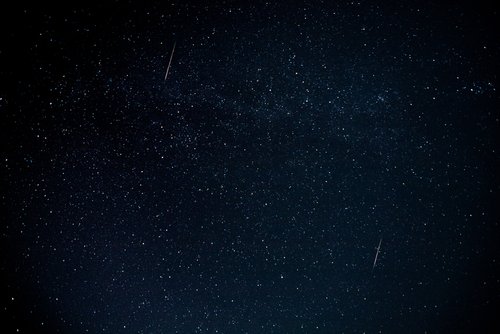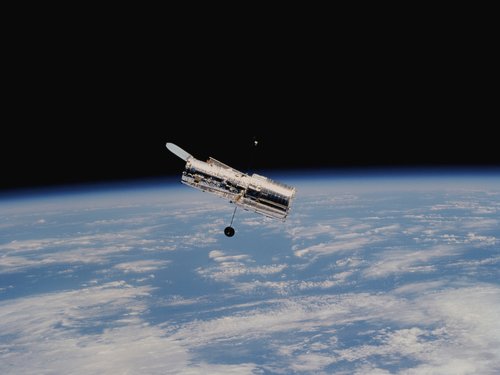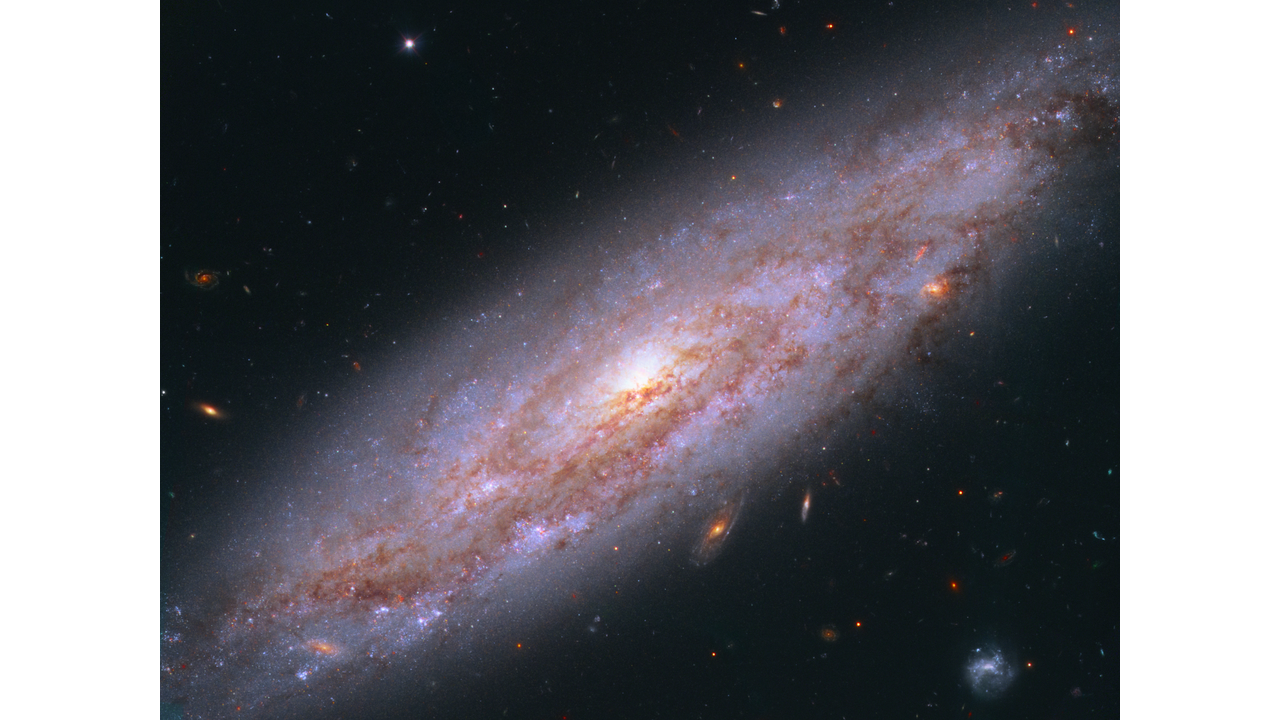A Layman’s Journey Through the Universe
Last year, I first read Stephen Hawking’s A Brief History of Time, and I’m not the only one — to date, 25 million copies (or more) of it have been sold, making it one of the best sellers in popular science. I have also watched a couple too many space movies, my favorites being Interstellar, Ad Astra and The Martian.
Whenever timezone differences allow for it, I take a look at NASA or SpaceX launches. I also have made multiple attempts at watching the Starlink satellites fly by at night, unfortunately without success thus far (not giving up quite yet though!). Another low effort but fun activity is observing the Perseids every year during July and August.

Alright, so what do all these things have in common? You guessed it right, they all cause a lack of sleep. Case closed. Jokes aside: They all revolve around the phenomena in the universe — some of them a little more than others. What I’m currently the most fascinated by are the Hubble Space Telescope Images (you should absolutely have a look at that website if you’ve never done so before!). Thanks to them, I set the goal to learn more not only about Astronomy, but also Astrophotography.
So, I was thinking to myself: What’s the best way to learn about space phenomena and the capture of such? I then remembered that, so far, writing about the things I’m curious about has been a very effective teacher, since I always aim to describe things in my own words. Why not just use select Hubble Telescope images for occasional stories covering some of the happenings and objects in space then? And that’s exactly what this series, A Layman’s Journey through the Universe, is about — to the best of my ability, I will be doing just that!
To follow words with deeds, here’s part one:
The Hubble Space Telescope
Edwin Hubble was an American astronomer who accomplished lots of great things, for example proving that certain objects (that are observable via telescope), originally classified as spiral nebulae, are in fact separate galaxies and thus do not make part of our own galaxy, the Milky Way. This was groundbreaking, as the prevailing stance back then was that the Milky Way makes up the entire universe. Many more impressive feats followed, and one of the largest NASA space telescopes, depicted below, was later named in his honor.

Today’s Featured Hubble Image
The Hubble Space Telescope (also known as HST or simply Hubble) observes in the near-infrared, ultraviolet and visible regions of the electromagnetic spectrum (Wikipedia):
Hubble’s orbit outside the distortion of Earth’s atmosphere allows it to capture extremely high-resolution images with substantially lower background light than ground-based telescopes.It has recorded some of the most detailed visible light images, allowing a deep view into space. Many Hubble observations have led to breakthroughs in astrophysics, such as determining the rate of expansion of the universe.
What does such an image look like, you ask? Here you go:

That’s spiral galaxy NGC 3972! Not too much effort is put into naming these, I think you can imagine why — there’s an estimated two trillion of them. According to the NASA website, the light that we (or rather the telescope) now see on the above picture left the galaxy just 65 million years ago, right around when the dinosaurs went extinct.
A lot of processes go into generating these images, which I will cover in more detail in future stories — I still have lots of researching to do on that. One thing I’ve been curious about is: What makes these galaxies glow so strongly? Here’s a first (partial) answer…
NGC 3972 also contains many pulsating stars called Cepheid variables. These stars change their brightness at a rate matched closely to their intrinsic luminosity, making them ideal cosmic lighthouses for measuring accurate distances to relatively nearby galaxies.
Luminosity is a measure of the “radiant power emitted by a light-emitting object” (e.g. the mentioned stars). One might think that the sun must be one of the most luminous objects in the universe then (I certainly did at first), since we can very clearly see its light all the way from Earth, but there are cepheids that are up to a 100’000 times more luminous than the sun!
And that’s what I’ll leave you with for this week — to be continued…